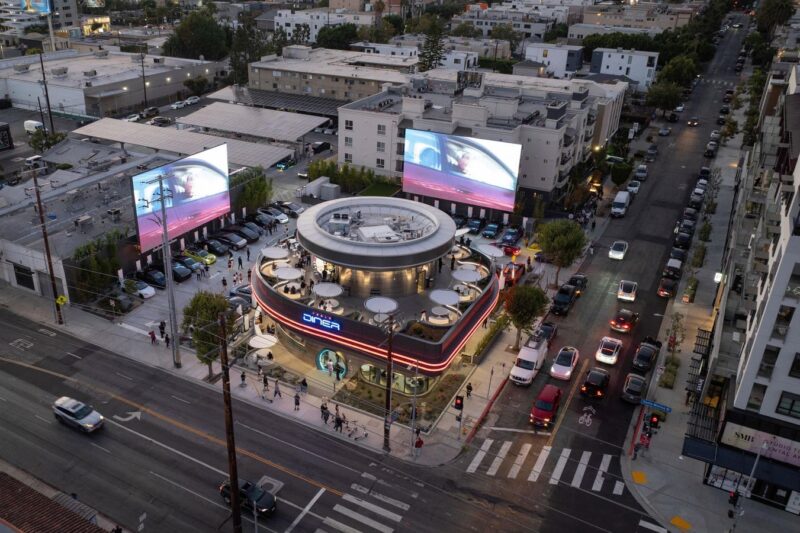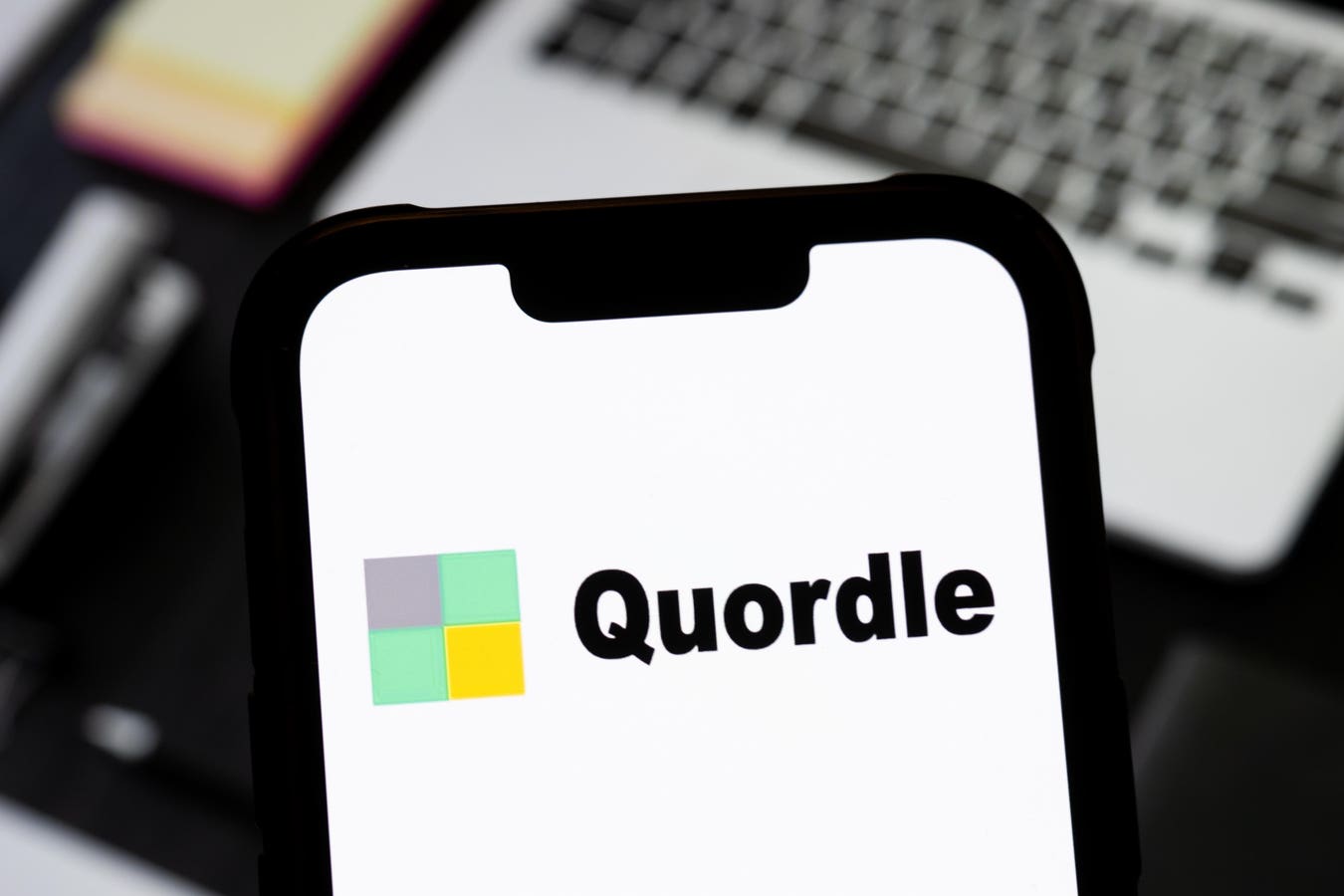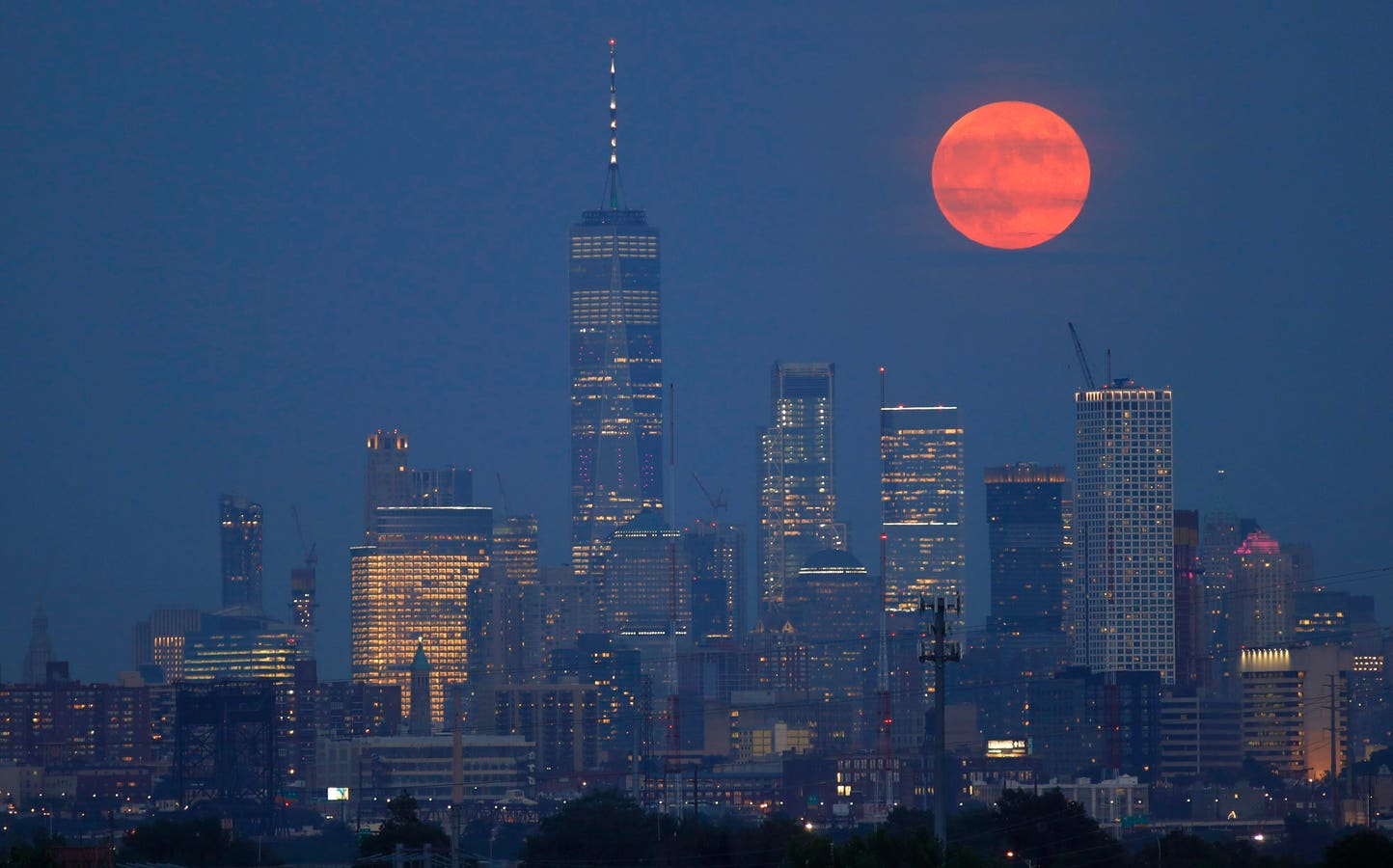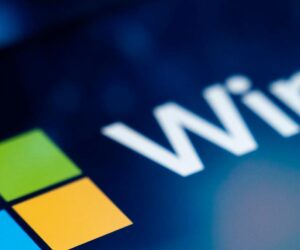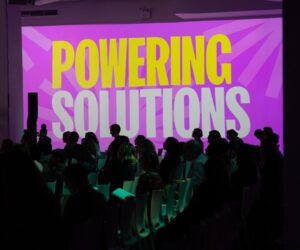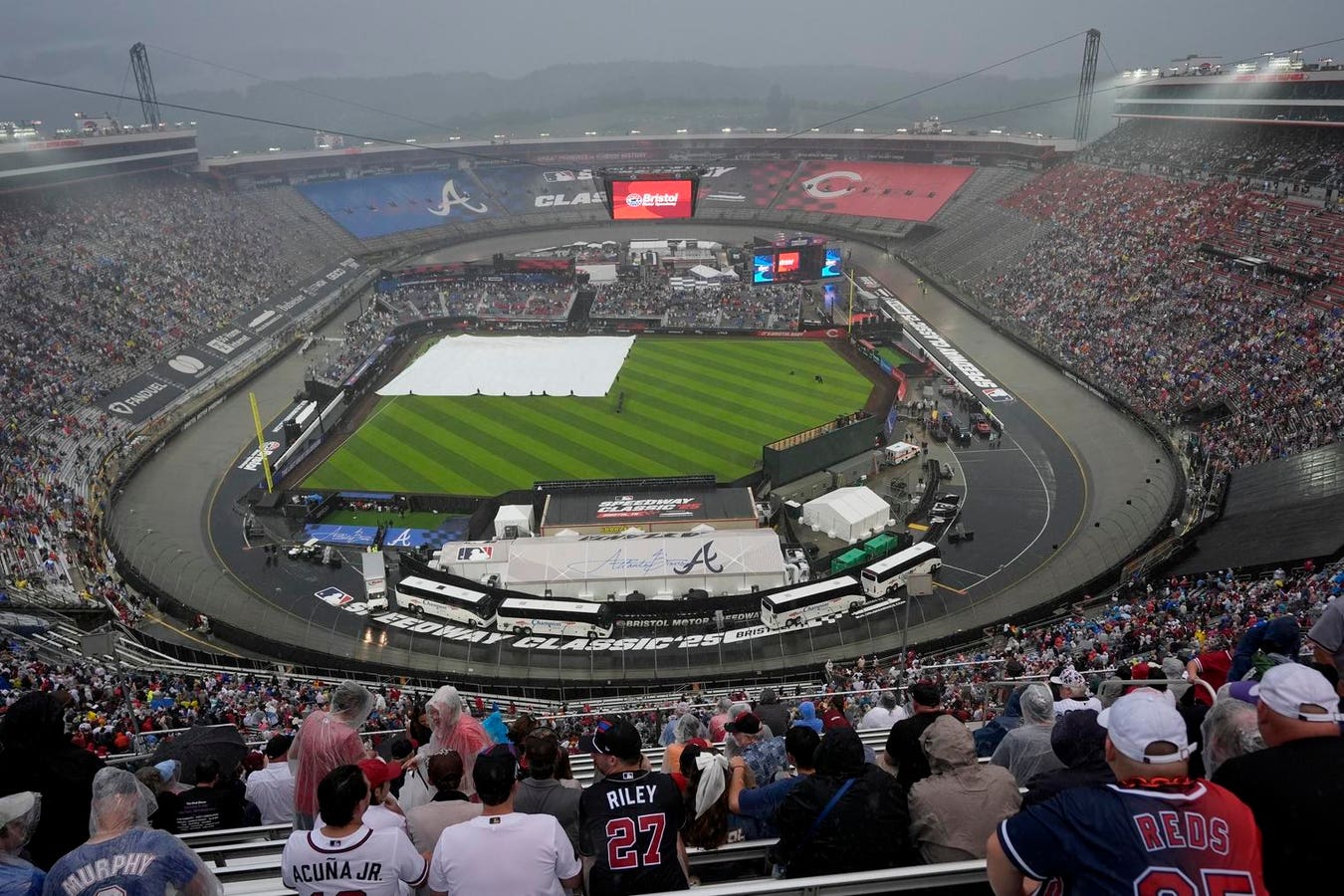LOS ANGELES, CA – JULY 21: Aerial view of the Tesla Diner and Drive-In restaurant and Supercharger on July 21, 2025 in Los Angeles, California. The futuristic Tesla Diner and supercharger station boasting a drive-in experience for drivers opened in Hollywood this Monday. (Photo by I RYU/VCG via Getty Images)
VCG via Getty Images
Tesla made a splash this summer opening a special new fast-charging station (Supercharger) in the form of a retro-style “diner” restaurant in the center of Hollywood. There are 80 charging bays, a restaurant, a lounge, and big screens showing movies. Chargers with adjacent restaurants are very common, very important, and fortunately even the norm, but the integration of the restaurant and charging experience, including an app on the car’s screen for ordering food points in a significant direction.
Tesla’s diner, they reported at the end of the 3rd quarter, has sold 50,000 burgers, which is a fair bit more than the volume at a McDonalds, though they do have novelty on their side.
For 80% of EV owners, they charge at home or work, while they sleep or make money. Charging takes zero time from their day, and no detour–it’s superior to the gasoline experience in every way. On longer road trips, this is much harder, so there are fast superchargers, but they still take 30-45 minutes for a decent nearly full charge, which could be a much worse experience than filing with gasoline, unless you can arrange to charge where you already wanted to stop for that amount of time. The most obvious answer is lunch, which coincides with the first charge of the day if you drive all morning, and takes about the right amount of time. If you can do that, you can once again charge with zero wait or detour. It’s also good to put chargers at “attractions” that voyagers tend to stop at on road trips.
About 20 percent of EV drivers, who can’t charge at home or work, also use fast chargers for their daily charging. We’ll discuss them below. This Tesla Diner is in an urban location, so it is more aimed at them than road trippers, but most charger/restaurants are not.
There have been efforts to combine chargers with chains, including 7-11, Starbucks, Taco Bell and the mega gas-station/food emporium Buc-ee’s. While some drivers are content with fast-food chains, others prefer to avoid them, and also want variety in their food choices. So while a good (though pricey) diner might be a desired choice for somebody going through an area on a road trip, somebody who does regular charging 2 times/week near their home might seek more variety.
That’s OK because most chargers have anywhere from 4 to 10 restaurants within a modest walk, usually at least one high quality non-chain. Many are located next to restaurant clusters or mall food courts. Some though, have poor food or no food, or just one choice. They are too be avoided if possible.
5 Minute Walk
When there’s a walk of more than a couple of minutes, a problem can arise. Usually a meal takes longer than charging. A sit-down meal almost always does, but even counter service faces that. So when your charging session ends, you need to get up mid-meal and walk back to move the car. Indeed, Tesla recently implemented a rule so that if a station is busy, you must move your car or pay high fees if your vehicle gets over 80%, which usually happens in 20-30 minutes, too short for a meal when you include ordering and walking and prep and dining. While many think the goal in charging is faster chargers, for many drivers they are already much too fast.
People eat while looking at their phones in front of a giant movie screen during the opening of the Tesla Diner and Drive-In restaurant and Supercharger on Santa Monica Blvd in the Hollywood neighborhood Los Angeles, California on July 21, 2025. Elon Musk’s electric vehicle company Tesla has opened a diner on Santa Monica Boulevard in Los Angeles. (Photo by Patrick T. Fallon / AFP) (Photo by PATRICK T. FALLON/AFP via Getty Images)
AFP via Getty Images
One solution is to order in advance. That’s doable if there is a passenger in the car, it’s not practical for a solo driver, unless they pull over. (That costs time but may be worth it.) Tesla’s Diner shows the potential for a partnership between the restaurant and charger. If done right, voyagers can, in the charging app, see partnered restaurants and their menus, and order quick combos. In addition, the app or car can accurately predict when the vehicle will get to the charger, for perfect timing.
For the solo driver, the app can show a simple ordering screen, with perhaps just a few popular combo choices, which can be read to the driver by voice, letting them order without looking at the screen. In the future, we should like to see the driver training a fairly simple AI with their food and ingredient preferences, making an AI that knows you very well and can order well for you.
Indeed, the partner restaurant need not be right at the charger. It can be a take-out restaurant along the route to the charger, or a delivery restaurant just about anywhere. In this case, the charging stations should have covered picnic tables or dining lounges, or the delivery service could leave and collect folding furniture. In other words we don’t need buildings or new infrastructure to make this happen everywhere, and seamlessly.
The Tesla Diner ordering app knows when you plug in, and which stall you’re in, so you can get food delivered to your car. That’s cool, though the effort that went into the Diner suggests drivers would probably prefer eating at a table than in their vehicle. A more ideal experience might be that as the car approaches the station, the staff are notified and they put the food on a table, and so when the driver plugs in, their screen says, “Your order was put at table 12 thirty seconds ago.” The car also knows how long the charging session will take, allowing the diner to manage tables and customers well.
Integration of dining and charging offers revenue opportunities as well. Today, EV charging doesn’t really work as a business, yet many companies dream of being the “gas station of the future.” Problem is, gas stations never made much profit from the gasoline, the convenience store was pretty important. Public fast EV chargers tend to charge 2x to 3x the price of charging at home, a price that exceeds the cost per mile of gasoline, defeating one of the core benefits of EV driving. Partnership with restaurants and other attractions to create a seamless, zero-waiting experience might be an answer.

